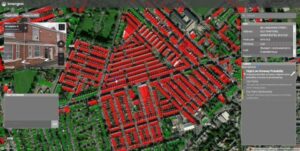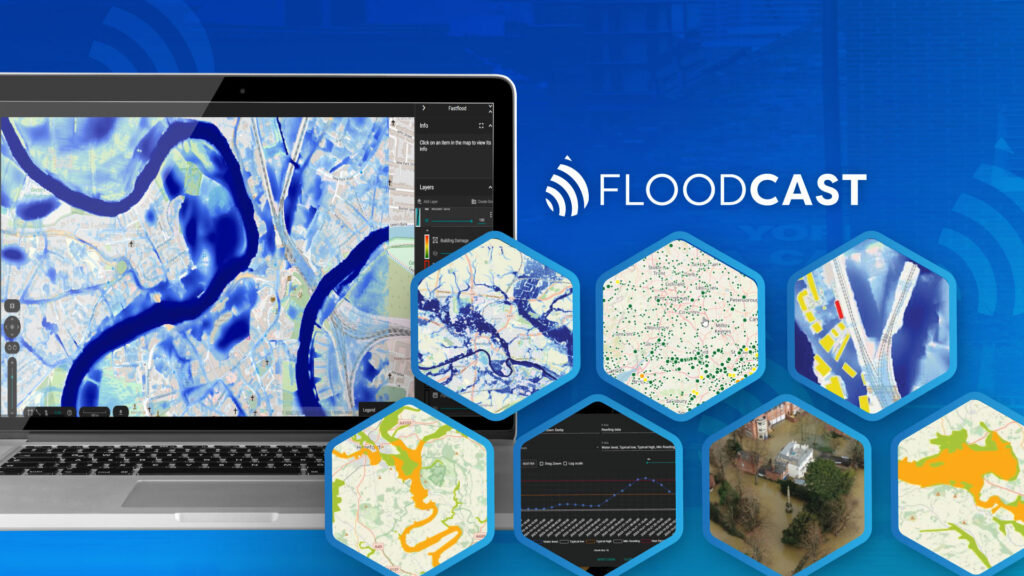In addition to the geospatially driven analytics, GSI are also delivering the intelligence within their LOCATE platform, which Be.EV are using to demonstrate to Local Authorities where and why specific charging solutions are needed, how the network will develop strategically over time, and how a Council’s own assets – such as car parks and leisure centres – can be utilised as a revenue generating charging hubs.
“Working with Be.EV is an exceptionally enjoyable experience, as they share the same innovative approach to problem solving as we do at Geospatial Insight” commented Ian Dee, Climate Applications Lead at GSI. “By working collaboratively with Be.EV, we’ve been able to create a replicable and scalable set of analyses that rapidly enables future EV chargepoint network scenarios to be determined, specifically based on Be.EV’s solution, and the needs of the local area to an exceptionally granular level.”

Asif Ghafoor, CEO of Be.EV, adds: “With this tool we can focus on regions, streets and individual sites to decide how we plan a fair and equitable spread of EV chargers across the regions we operate in working closely with our clients. We give access to the geospatial tool to our clients so they can see what we are doing and input into the process. This close collaboration works to bring better quality results. Our business model is to work in the communities we operate in to deliver a network for all of us. It helps us make a positive difference fast.”
Geospatial Insight have so far analysed over 40% of Greater Manchester for Be.EV, helping them secure their biggest charge-point deployment project with Trafford Borough Council, and are now exploring the potential to extend this approach to other complex urban environments in the UK.


